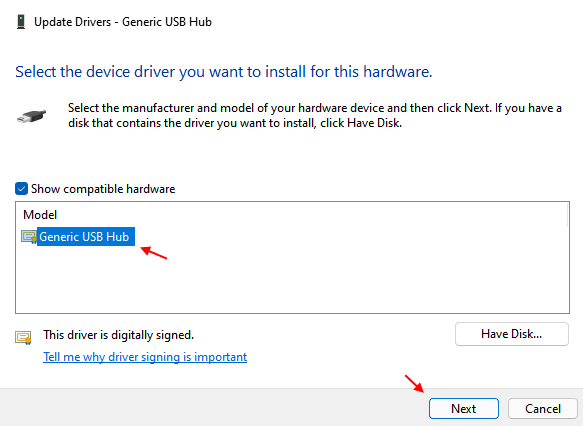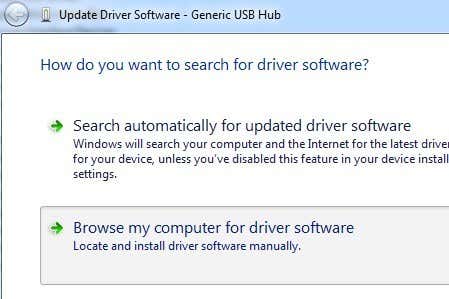
Those drivers can be installed at any time (in the object store, which is non-volatile RAM, for instance). Third-party vendors (who manufacture the installable devices) provide the device drivers. For instance, a bar code reader can be connected to a Windows CE device by means of a cable that connects to the built-in serial port.

Installable devices are third-party peripherals that can be connected and detached from the platform at any time by the end user. The development of the related drivers takes place during the development of the platform itself (by the OEM), and the drivers are integrated into the final CE image, which is stored in ROM or flash. Devices that fall in this category include the display, touch panel, audio, serial port, printer, keyboard, LED, battery, and PC card socket. This article presents Windows CE's device driver model, which is unique throughout the Windows family.īefore exploring the details of the device drivers supported by Windows CE, let's review the two types of devices that are used on Windows CE platforms: built-in devices and installable devices.īuilt-in describes those devices that are integrated into the platform.

Microsoft Windows CE is a modular and scalable operating system that supports a variety of devices. Here's a quick tour of the Windows CE rulebook. Every operating system places requirements on device drivers.


 0 kommentar(er)
0 kommentar(er)
